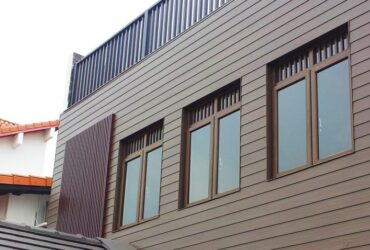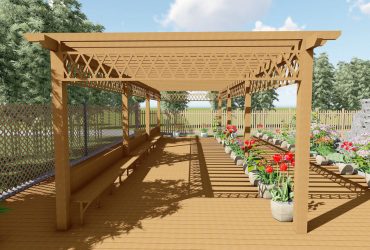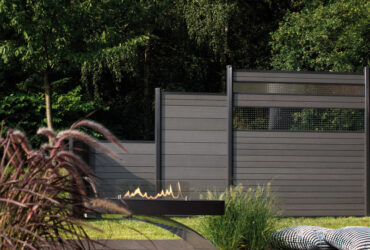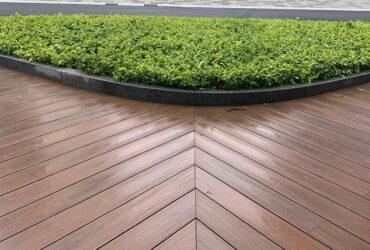Production Method of Three-dimensional Reinforced Wood-plastic Composite Material
As a green and environmentally friendly composite material, wood-plastic composite material,It mainly uses thermoplastic polymers such as polyethylene, polypropylene and polyvinyl chloride to replace the usual resin adhesives.It is mixed with more than 35%-70% of waste plant fibers such as wood powder, rice husks, and straw to form new wood materials, which are then extruded, molded, and injection molded.Compared with wood, wood-plastic composite materials have a series of excellent properties. They are also a green, environmentally friendly and renewable material that can be easily prepared into various profiles. In recent years, it has developed rapidly internationally and is widely used in interior decoration, automobile interior decoration, outdoor garden landscaping and other fields.Due to the inherent creep characteristics of thermoplastic polymer composites and the brittle fracture shortcomings of wood plastics under high wood fiber content,The application of existing wood-plastic composite materials is limited to non-load-bearing decorative materials such as indoor and outdoor decoration, garden landscape materials with anti-corrosion and waterproof functions, and is not suitable for load-bearing structural materials that require high stiffness and toughness.
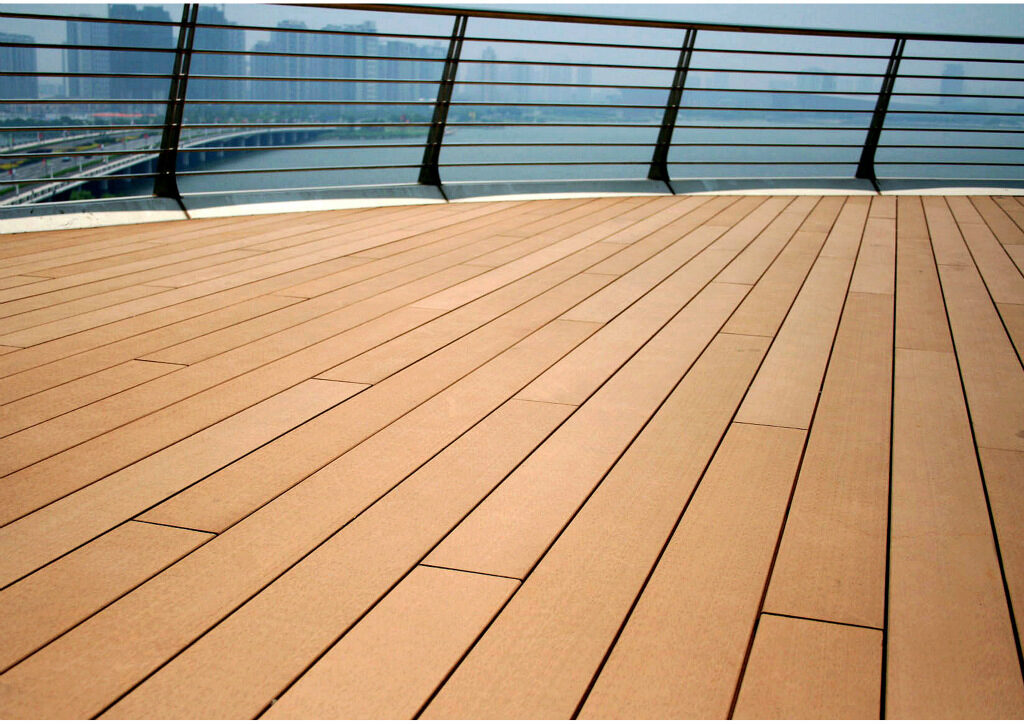
Wood-plastic composite materials can be reinforced and toughened to a certain extent by using continuous fiber sheets or fiber bundles through co-extrusion or molding.In the existing technology, wood-plastic composite materials are generally reinforced by adding long fibers or continuous fibers.However, due to the poor interface compatibility between the reinforced fiber and the wood-plastic matrix and the singleness of the reinforced properties, the reinforcement and toughening effect is very limited, and the reinforced product performance cannot meet the requirements of load-bearing materials. At the same time, there are the following shortcomings:
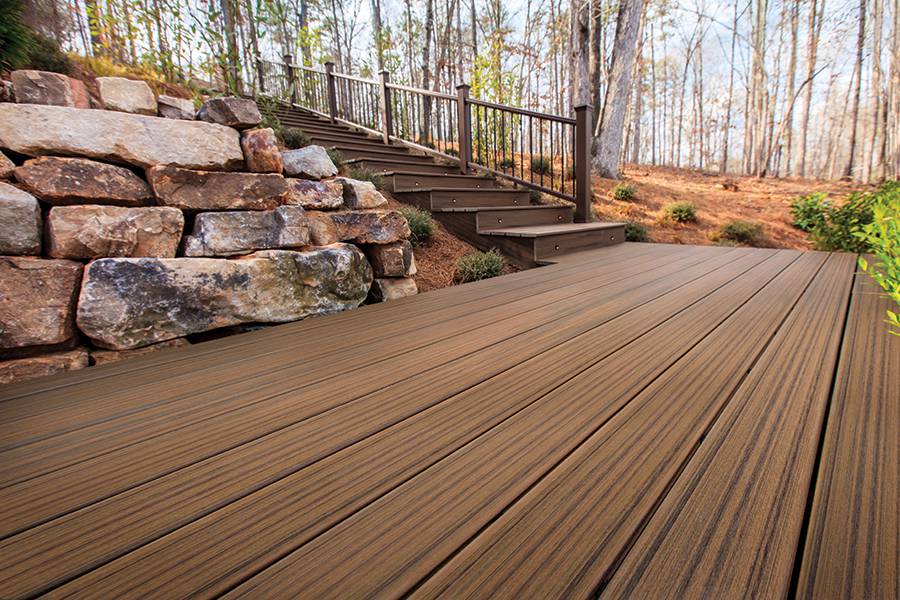
1. Unidirectional reinforcement has a single performance enhancement effect. The interface compatibility between the reinforced fiber and the wood-plastic matrix is poor, the reinforcement and toughening effect is very limited, and the performance of the reinforced product cannot meet the requirements of load-bearing materials;
2. The production process is complex, and most of them adopt multi-stage molding methods, which results in high production costs and poor stability of material properties;
3. When using wood-plastic products under high outdoor temperatures in summer, the thermoplastic resin will soften when heated, making the reinforcement effect more limited under high temperature conditions.
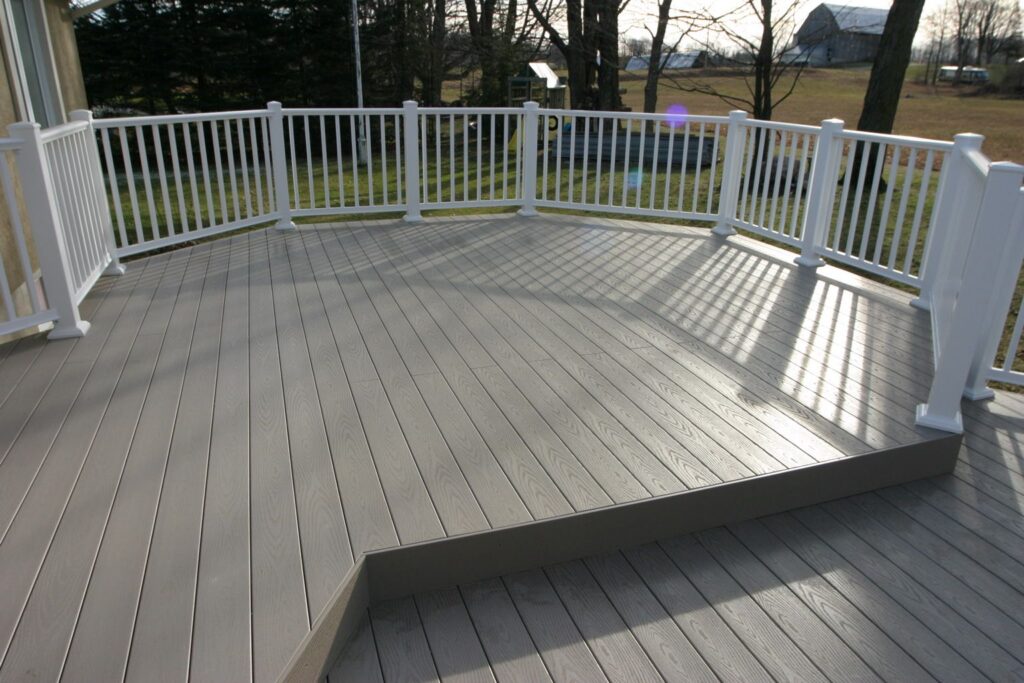
Theoretically, the use of fiber mesh can effectively increase the mechanical properties of wood-plastic composites. However, the fiber mesh needs to be effectively tensioned to bring about the reinforcement effect. Otherwise, not only will it not be able to increase the effect, but it will also reduce the mechanical properties of wood-plastic composites. . However, after the wood-plastic material is completely hardened and the wood-plastic material is added, the fiber mesh can be effectively tightened, but the fiber mesh and the core material cannot be combined well, and obvious delamination will occur. In fact, it does not have a relatively high Good enhancement effect. After the structural failure of the fiber mesh, the mechanical properties of this increased wood-plastic composite material will decrease sharply. For wood-plastic composite boards, the width-to-thickness ratio is large (generally greater than 10). When fiber mesh is used to reinforce plate-shaped wood-plastic materials, the stress on both sides of the board will be significantly greater than the flat surface, causing the wood-plastic composite material to fall from the plane. If it breaks in the middle, the corresponding plate cannot be produced. It is difficult to effectively enhance the performance of existing wood-plastic composite panels. How to effectively three-dimensionally reinforce wood-plastic composite materials, especially wood-plastic composite panels, is of great significance to increasing the application scope of wood-plastic composite materials.
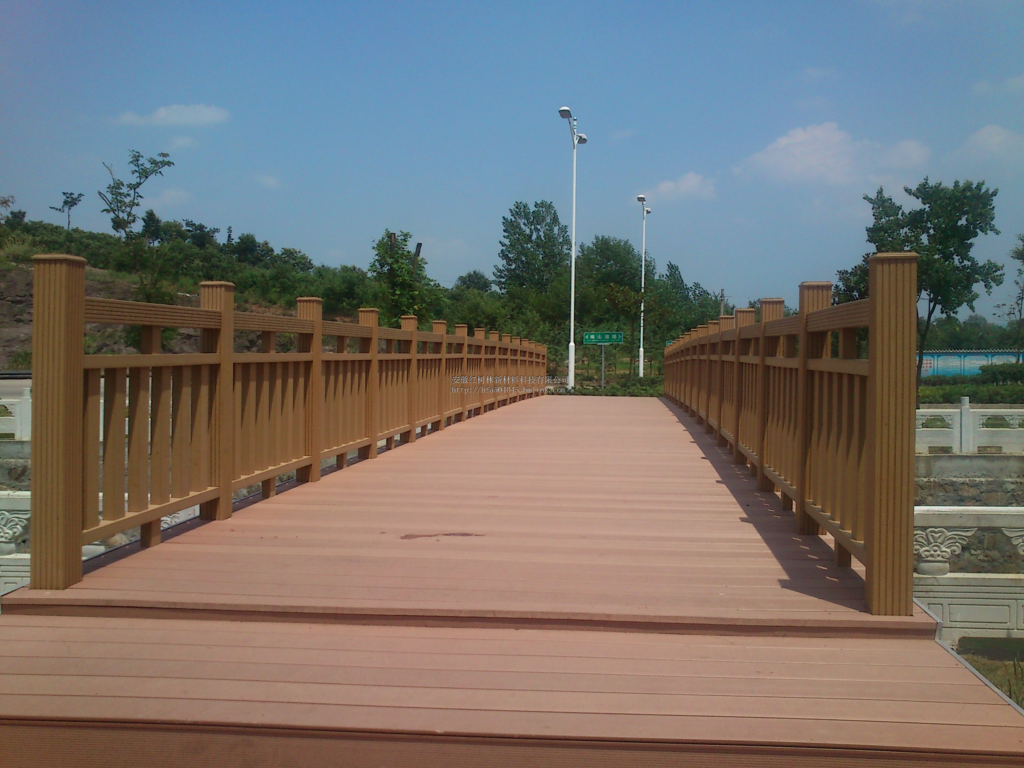
A production method and equipment for three-dimensional reinforced wood-plastic composite materials. The production method includes extruding wood-plastic parisons; pre-cooling the surface of the extruded wood-plastic parisons;A pipe network is placed on the precooled wood-plastic parison to form a pipe-network-coated wood-plastic parison; and the pipe-network-coated wood-plastic parison is molded and shaped;After shaping and cooling, a three-dimensional reinforced wood-plastic composite material is obtained.Three-dimensional reinforced wood-plastic composite materials can be effectively prepared. The reinforced wood-plastic substrate forms a through-nail structure in the mesh of the fiber pipe network, which avoids interface problems and maximizes the reinforcing effect of the fiber pipe network. .The material produced has good mechanical properties, while the surface decoration and aesthetics of the material itself are not affected. The production process is simple and efficient, the energy consumption of production is relatively low, and the overall production cost is low.

